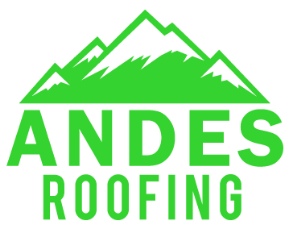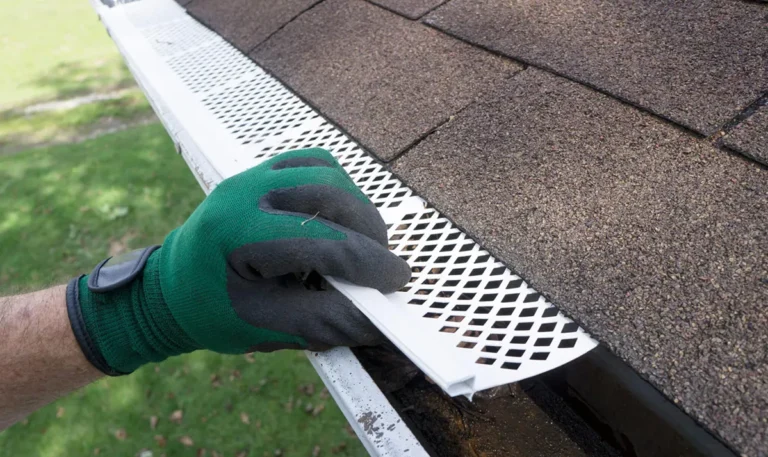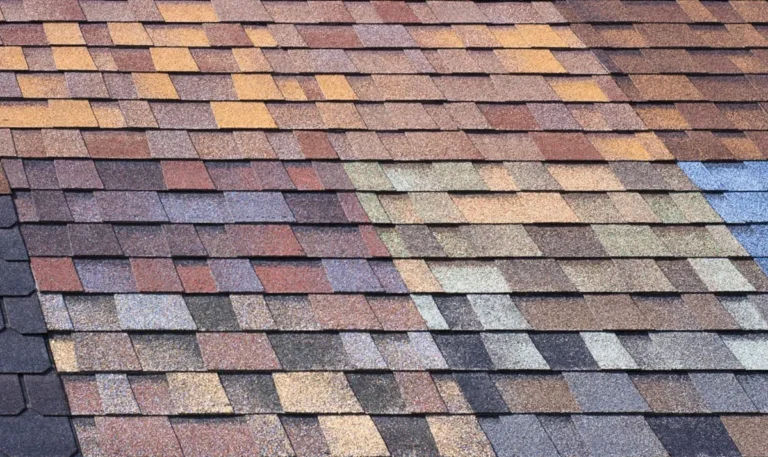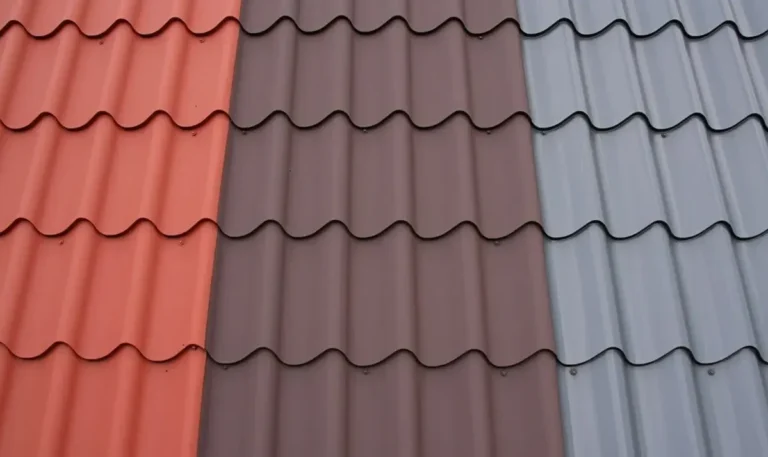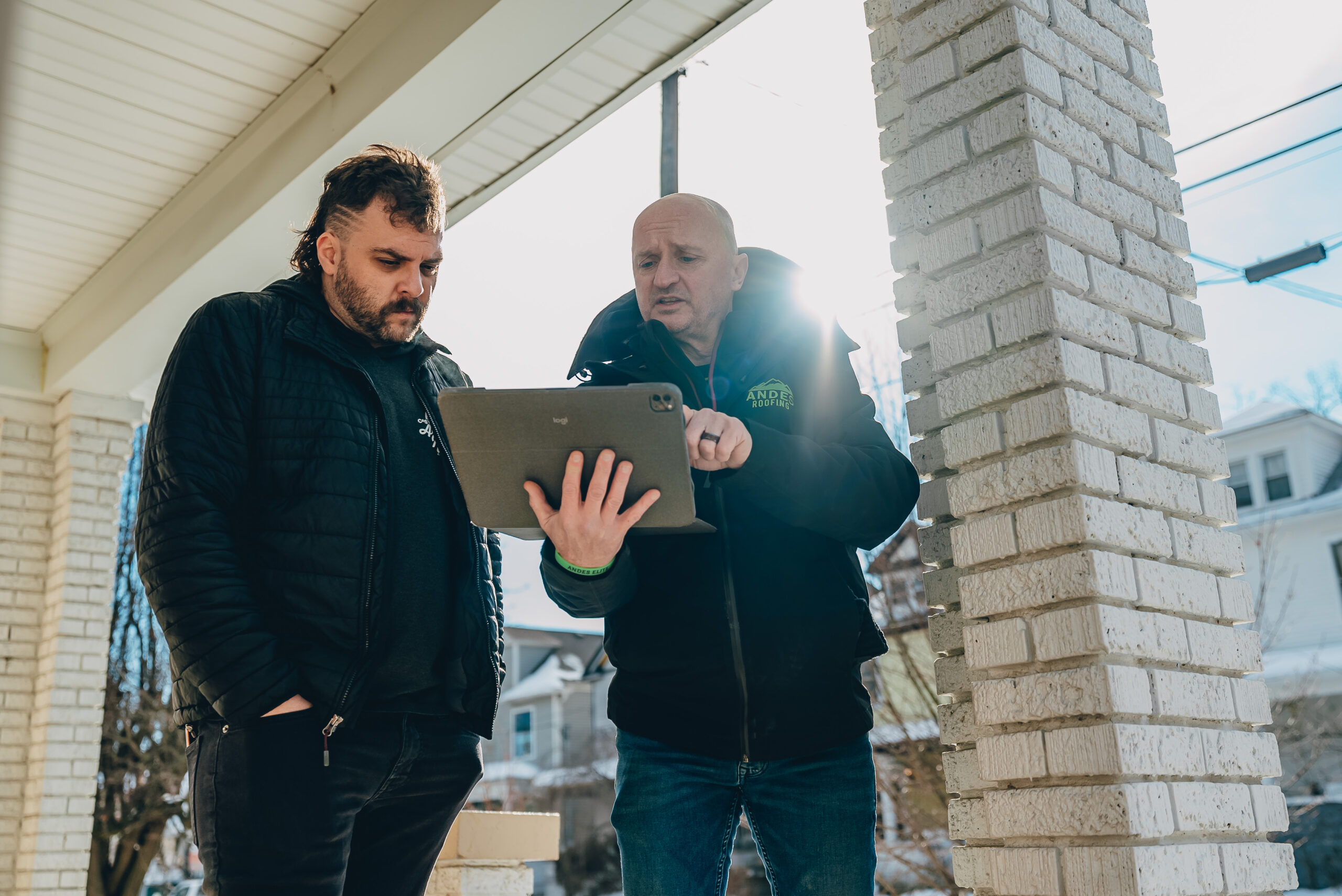Unmasking the Mystery of Hail Damage
Roofing is a critical aspect of any home, and understanding what kind of hail can cause damage to a roof is vital for long-term maintenance. As a leading Louisville roofing company, Andes Roofing knows that hailstorms can be highly destructive. This guide seeks to equip homeowners and builders in the Louisville area with the knowledge to assess, repair, and prevent roof damage from various types of hail.
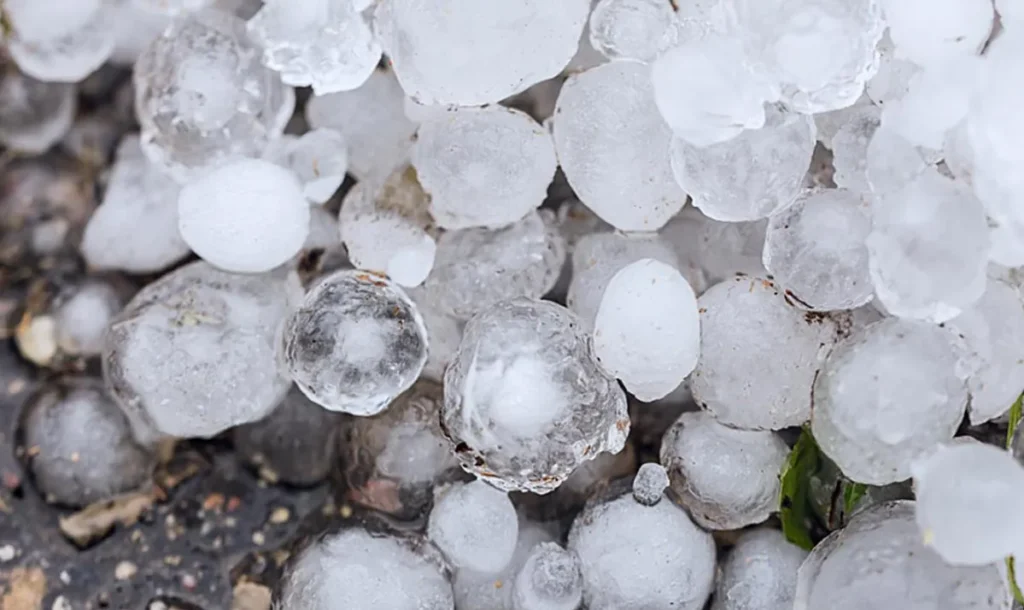
Hail 101: What is Hail and How is it Formed?
Hailstones are formed in thunderstorm clouds when updrafts carry raindrops into extremely cold areas of the atmosphere where they freeze. Understanding the process of hail formation is essential for anticipating potential damage to roofing materials.
Types of Hail Damage: A Comprehensive Guide by Andes Roofing
1. Soft Hail (Graupel)
- Description: Soft hail or graupel consists of snowflakes covered in a layer of ice. These are soft and crumbly.
- Damage Potential: Low impact on roofs, as the soft nature of these hailstones generally does not cause damage.
2. Small Hailstones (Pea to Marble Sized)
- Description: Ranging from ¼ to ½ inch in diameter, these hailstones are harder and can cause damage to older or weaker roofs.
- Damage Potential: Moderate impact on shingles, gutters, and flashing, especially if the roof is already weakened.
3. Medium Hailstones (Dime to Quarter Sized)
- Description: These hailstones range from ¾ to 1 inch in diameter and can cause noticeable damage in the Louisville KY area.
- Damage Potential: Significant impact on shingles and roofing structures, leading to cracks and potential leaks.
4. Large Hailstones (Golf Ball Sized and Larger)
- Description: With a diameter of 1.75 inches or more, large hailstones can cause substantial damage.
- Damage Potential: Extensive impact on all types of roofs, potentially leading to immediate roof repair in Louisville KY.
Inspecting Hail Damage: Step-by-Step Guide
1. Safety First:
- Use proper safety gear
- Inspect from ground level if possible
- Consider professional inspection by Louisville roofing experts such as Andes Roofing
2. Identifying Damage:
- Look for dents, cracks, or bruising
- Check gutters, vents, and flashing
- Inspect for missing or damaged shingles
3. Documenting Damage:
- Take photographs
- Make detailed notes
4. Seek Professional Assistance:
- Contact a roofing specialist
- Consider insurance claim if necessary
Conclusion: Protecting Your Roof from Hail Damage
Understanding the types of hail and their potential impact on roofing structures is essential for maintaining a strong and resilient roof. By recognizing the signs of hail damage and taking prompt action, homeowners in the Louisville area can ensure the longevity and integrity of their roofing system. Always prioritize safety and consider consulting a roofing professional for a comprehensive inspection and repair.
